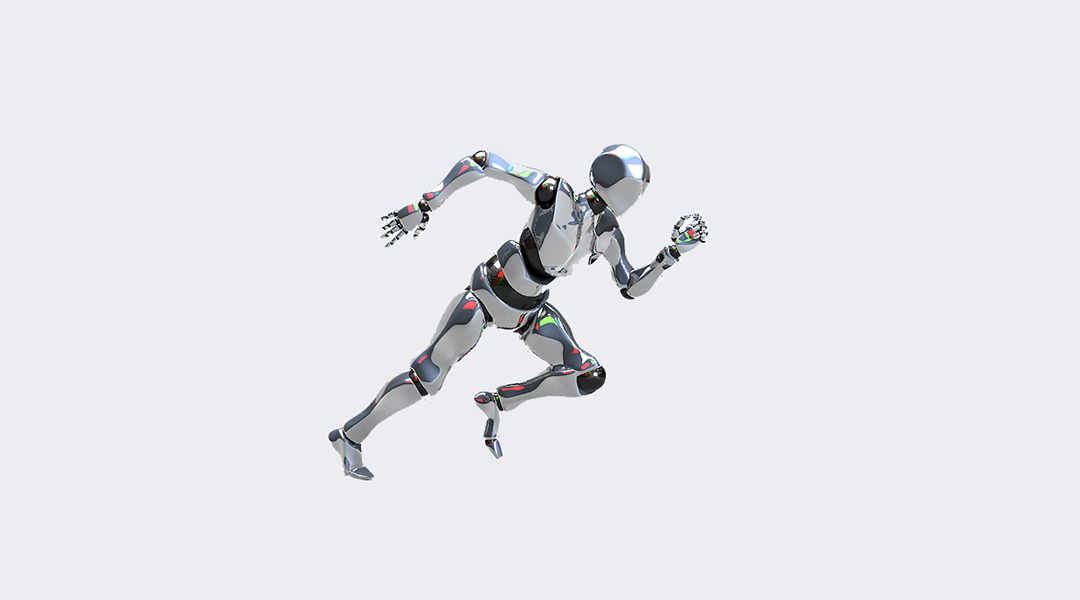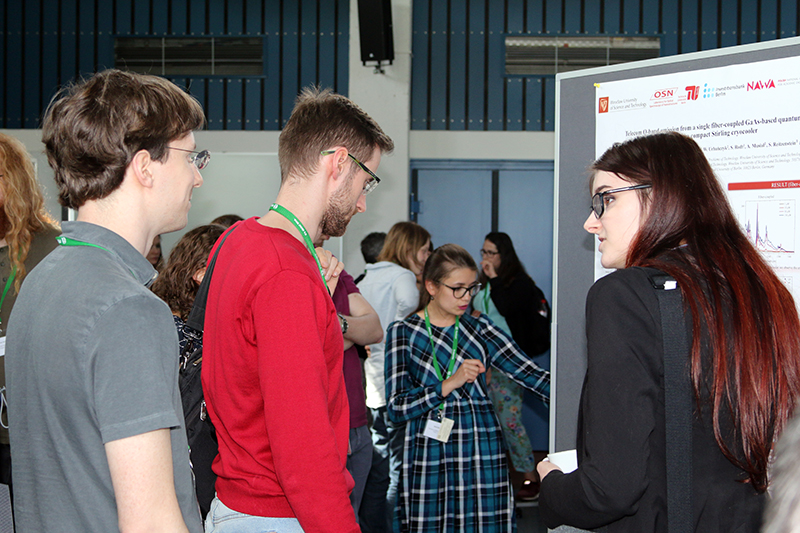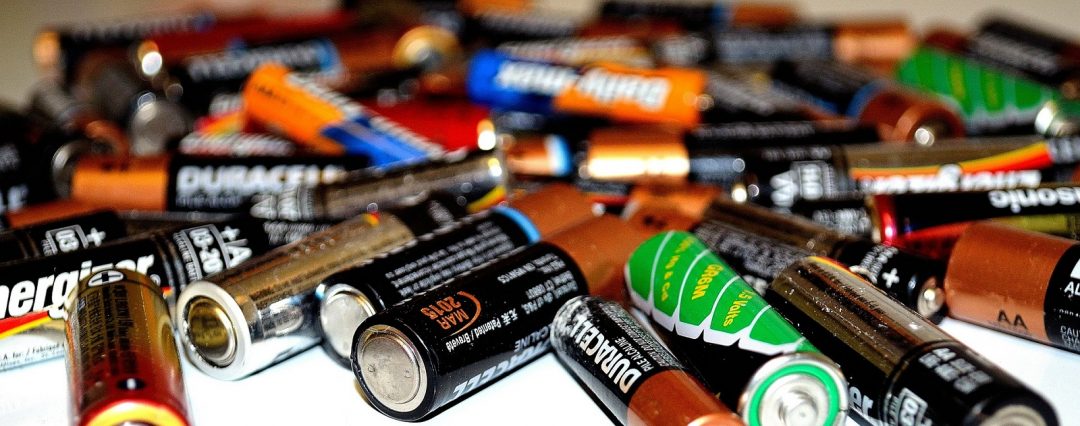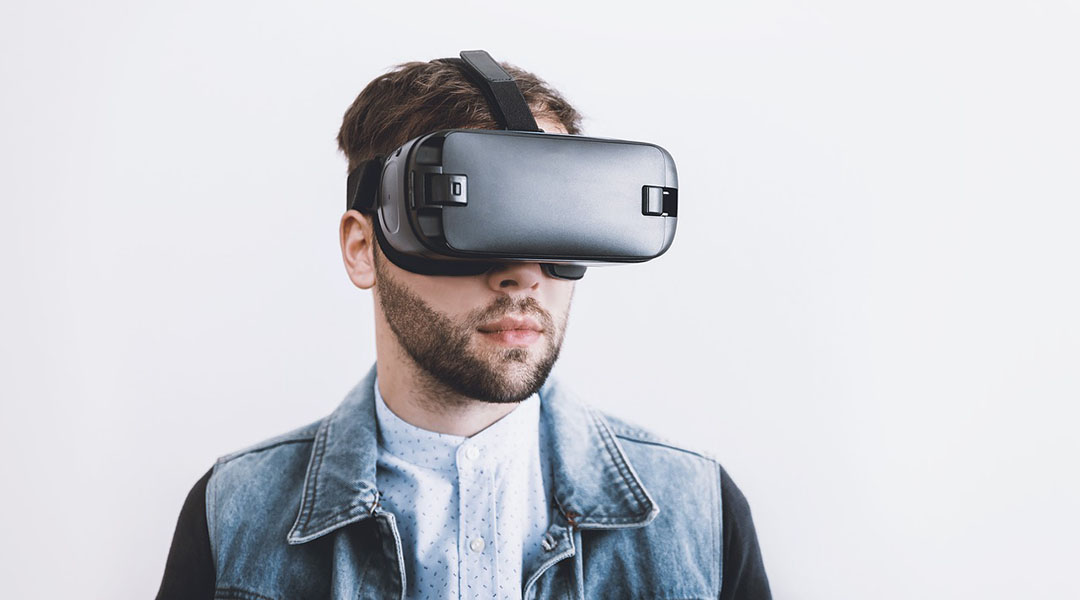Soft robotic devices powered by glucose are paving the way for artificial muscles.


Soft robotic devices powered by glucose are paving the way for artificial muscles.

Contrary to conventional strategies, an extremely low thermal conductivity can be obtained in materials with simple composition.

A new device-level configurational design has resulted in highly stretchable and self-healing supercapacitors.

Thuc-Quyen Nguyen on her research, inspiration, and advice to young scientists.

The second edition of this symposium provided not only outstanding and inspiring talks but also excellent opportunities for networking. Berlin (Germany), 06 June 2019 – From May 22 to 24, 2019, PicoQuant held its second international symposium on “Single Photon Based...

Generating electricity from the rain.

An international team of researchers made the widest study on what happens during battery failure.

Advanced Functional Materials publishes a special issue on the most advanced achievements and promising approaches in the field of bio-inspired materials for photonics.

Reseachers from KAUST present their flexible and biofouling independent salinity sensors.

Superluminescent diodes (SLEDs) are optical semiconductor light sources for applications that require high output power with broad emission spectra or a short coherence length.